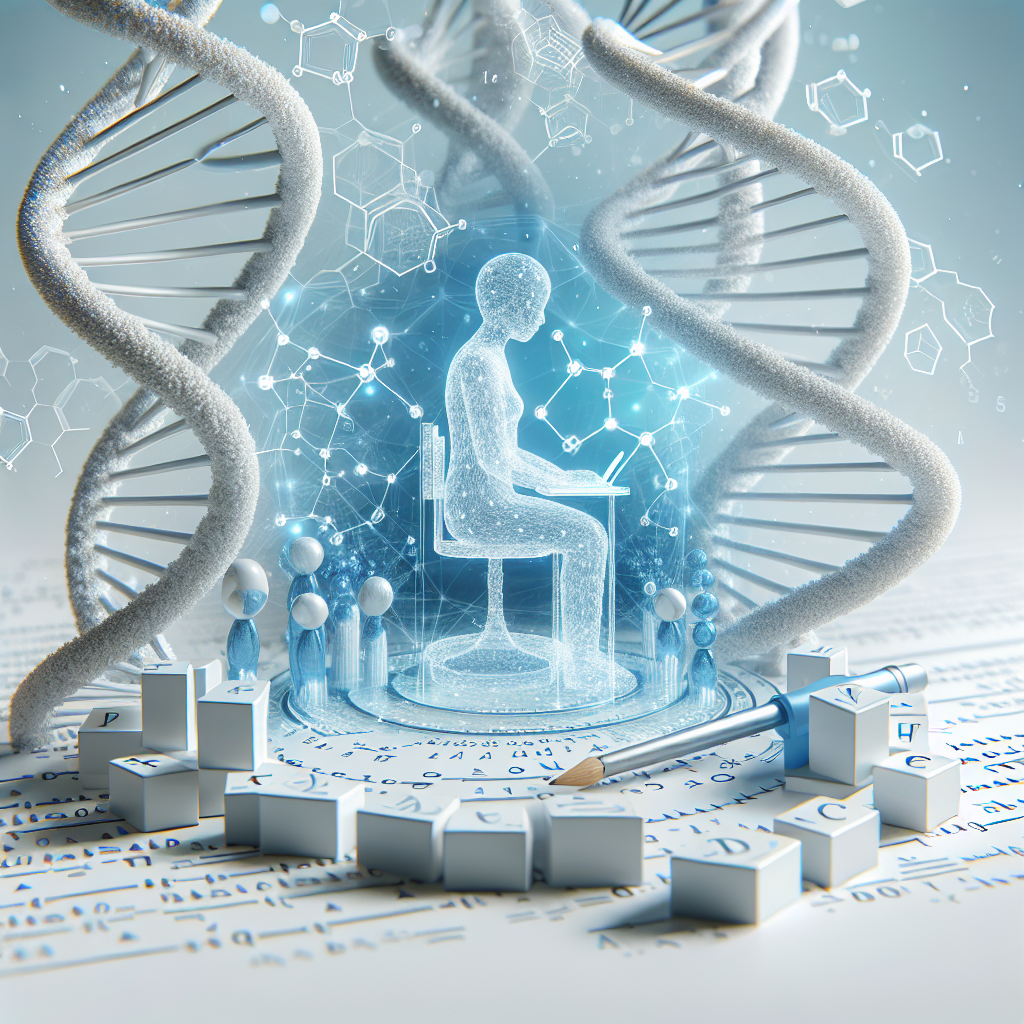Mariel Vázquez isn't just your average scientist; she's more like a DNA detective unraveling the mysteries of life itself. Born and raised in Mexico City, this mathematician-turned-biologist is shaking up the way we understand and interpret the twists and tangles of DNA. By merging the worlds of mathematics and biology, she's solving some mind-boggling puzzles about living organisms' genetic makeup. Vázquez's work isn't happening in some hidden lab in a sci-fi novel, but at the University of California, Davis, where she is a full professor in both mathematics and microbiology landscape. Since diving into the intricate world of DNA topology in the early 2000s, she's been bridging the gap between abstract math and practical biological applications across the globe.
The drive behind Vázquez's revolutionary work comes from a desire to solve issues that would otherwise seem insurmountable. DNA topology might not sound exciting to everyone, but pause for a second and think about how the strands of DNA, which hold the blueprint of life, can knot and tangle like a pair of headphones left in a pocket. These knots and tangles can lead to genetic disorders, diseases, and other cellular chaos. Vázquez uses her math skills to predict and understand these patterns, making waves in fields such as genetics, cryptography, and even cancer research.
Vázquez’s journey from Mexico City to UC Davis is much like navigating a complex labyrinth—a path filled with twists, turns, and unexpected challenges. Her story resonates with many Gen Z students who face the pressure of overcoming barriers that come with entering STEM fields. A span of industries have embraced her contributions, from computing to biomedical sciences, showing the potential of fresh ideas breaking traditional molds. Her dual-appointment in academia exemplifies the growing interdisciplinary approach necessary to tackle complex real-world issues.
But let's talk about why her work matters on a practical level. DNA, as the essence of what makes each of us unique, holds the key to numerous medical advancements. Research into DNA topology isn't just useful for theoretically interesting mathematical problems; it's vital for developing revolutionary treatments. For example, Vázquez works on a crucial aspect of cancer research, helping to predict and control how DNA behaves during cell replication. This kind of work can lead to breakthroughs in understanding how tumors grow and could pave the way for cutting-edge cancer therapies.
Beyond her research, Vázquez is a vivid example of why diverse voices in STEM fields are critical for innovation. She brings a rich cultural perspective and a collaborative spirit to scientific inquiry, emphasizing the importance of inclusion and diversity among scientists. Her mentorship programs and active participation in encouraging underrepresented groups in STEM inspire the next generation of scientists to push through societal and cultural barriers.
Yet, even in a realm driven by facts and figures, science isn’t immune to opposing viewpoints. Critics might argue that, with so much focus on the minute details of DNA, we risk losing sight of the bigger picture: how this impacts immediate, tangible human needs in our communities. But Vázquez's work is proving that intricate understanding at the molecular level is a powerful catalyst for wider social change, laying the groundwork for more personalized medicine and preventive healthcare.
For the skeptical minds attracted to instant results, preferencing immediate solutions over fundamental research might seem appealing. However, without the deep insights that foundational studies like Vázquez's offer, we wouldn’t be standing at the brink of groundbreaking medical advancements—ones that could redefine not only treatment options but our approach to health and wellbeing overall.
In a world eager for quick wins and short-term gains, the significance of Mariel Vázquez's contributions might take some time to truly resonate. Yet, her work stands as a testament to the beauty of complex, slow-growing ideas coming to flourish. With stories like hers, we're reminded that STEM fields are infinite playgrounds of discovery, where persistence and innovation carve paths for those daring to question and explore.
Mariel Vázquez isn’t just solving the puzzle of DNA; she's weaving a narrative that shows how complex trajectories, merging different realms of knowledge, can lead to a new understanding of the world. As Gen Z navigates a media-saturated landscape and unforeseen challenges in the 21st century, let Vázquez's story be a reminder that intricate solutions often lay the groundwork for the most meaningful changes.

